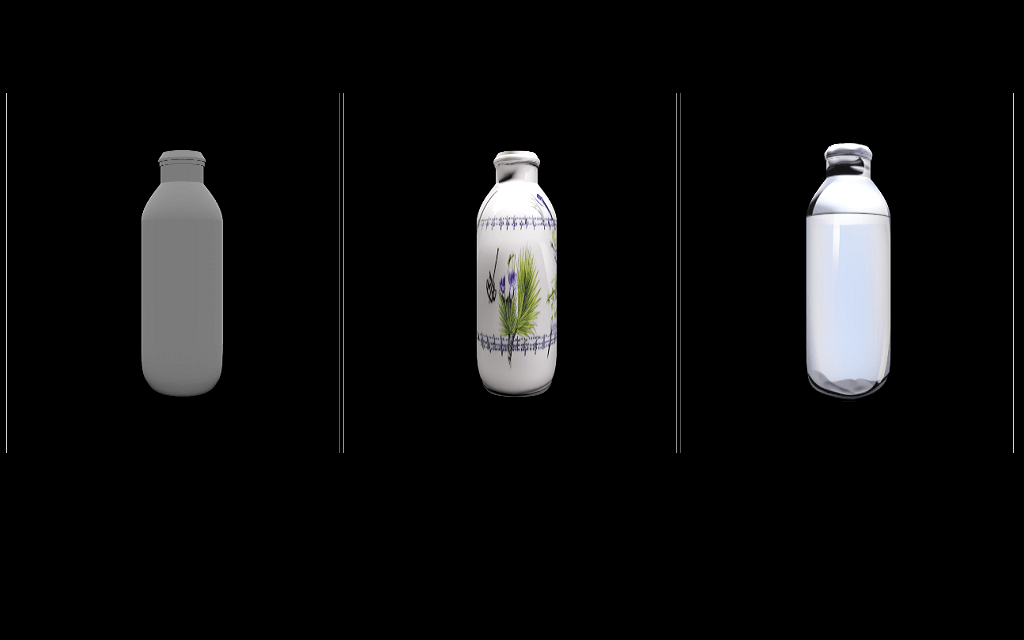MultiBERTs Seed 0 Checkpoint 1000k (uncased)
Seed 0 intermediate checkpoint 1000k MultiBERTs (pretrained BERT) model on English language using a masked language modeling (MLM) objective. It was introduced in this paper and first released in this repository. This is an intermediate checkpoint. The final checkpoint can be found at multiberts-seed-0. This model is uncased: it does not make a difference between english and English.
Disclaimer: The team releasing MultiBERTs did not write a model card for this model so this model card has been written by gchhablani.
Model description
MultiBERTs models are transformers model pretrained on a large corpus of English data in a self-supervised fashion. This means it was pretrained on the raw texts only, with no humans labelling them in any way (which is why it can use lots of publicly available data) with an automatic process to generate inputs and labels from those texts. More precisely, it was pretrained with two objectives:
- Masked language modeling (MLM): taking a sentence, the model randomly masks 15% of the words in the input then run the entire masked sentence through the model and has to predict the masked words. This is different from traditional recurrent neural networks (RNNs) that usually see the words one after the other, or from autoregressive models like GPT which internally mask the future tokens. It allows the model to learn a bidirectional representation of the sentence.
- Next sentence prediction (NSP): the models concatenates two masked sentences as inputs during pretraining. Sometimes they correspond to sentences that were next to each other in the original text, sometimes not. The model then has to predict if the two sentences were following each other or not. This way, the model learns an inner representation of the English language that can then be used to extract features useful for downstream tasks: if you have a dataset of labeled sentences for instance, you can train a standard classifier using the features produced by the MultiBERTs model as inputs.
Intended uses & limitations
You can use the raw model for either masked language modeling or next sentence prediction, but it's mostly intended to be fine-tuned on a downstream task. See the model hub to look for fine-tuned versions on a task that interests you. Note that this model is primarily aimed at being fine-tuned on tasks that use the whole sentence (potentially masked) to make decisions, such as sequence classification, token classification or question answering. For tasks such as text generation you should look at model like GPT2.
How to use
Here is how to use this model to get the features of a given text in PyTorch:
from transformers import BertTokenizer, BertModel
tokenizer = BertTokenizer.from_pretrained('multiberts-seed-0-1000k')
model = BertModel.from_pretrained("multiberts-seed-0-1000k")
text = "Replace me by any text you'd like."
encoded_input = tokenizer(text, return_tensors='pt')
output = model(**encoded_input)
Limitations and bias
Even if the training data used for this model could be characterized as fairly neutral, this model can have biased predictions. This bias will also affect all fine-tuned versions of this model. For an understanding of bias of this particular checkpoint, please try out this checkpoint with the snippet present in the Limitation and bias section of the bert-base-uncased checkpoint.
Training data
The MultiBERTs models were pretrained on BookCorpus, a dataset consisting of 11,038 unpublished books and English Wikipedia (excluding lists, tables and headers).
Training procedure
Preprocessing
The texts are lowercased and tokenized using WordPiece and a vocabulary size of 30,000. The inputs of the model are then of the form:
[CLS] Sentence A [SEP] Sentence B [SEP]
With probability 0.5, sentence A and sentence B correspond to two consecutive sentences in the original corpus and in the other cases, it's another random sentence in the corpus. Note that what is considered a sentence here is a consecutive span of text usually longer than a single sentence. The only constrain is that the result with the two "sentences" has a combined length of less than 512 tokens. The details of the masking procedure for each sentence are the following:
- 15% of the tokens are masked.
- In 80% of the cases, the masked tokens are replaced by
[MASK]. - In 10% of the cases, the masked tokens are replaced by a random token (different) from the one they replace.
- In the 10% remaining cases, the masked tokens are left as is.
Pretraining
The full model was trained on 16 Cloud TPU v2 chips for two million steps with a batch size of 256. The sequence length was set to 512 throughout. The optimizer used is Adam with a learning rate of 1e-4, \(\beta_{1} = 0.9\) and \(\beta_{2} = 0.999\), a weight decay of 0.01, learning rate warmup for 10,000 steps and linear decay of the learning rate after.
BibTeX entry and citation info
@article{DBLP:journals/corr/abs-2106-16163,
author = {Thibault Sellam and
Steve Yadlowsky and
Jason Wei and
Naomi Saphra and
Alexander D'Amour and
Tal Linzen and
Jasmijn Bastings and
Iulia Turc and
Jacob Eisenstein and
Dipanjan Das and
Ian Tenney and
Ellie Pavlick},
title = {The MultiBERTs: {BERT} Reproductions for Robustness Analysis},
journal = {CoRR},
volume = {abs/2106.16163},
year = {2021},
url = {https://arxiv.org/abs/2106.16163},
eprinttype = {arXiv},
eprint = {2106.16163},
timestamp = {Mon, 05 Jul 2021 15:15:50 +0200},
biburl = {https://dblp.org/rec/journals/corr/abs-2106-16163.bib},
bibsource = {dblp computer science bibliography, https://dblp.org}
}
<a href="https://huggingface.co/exbert/?model=multiberts"> <img width="300px" src="https://cdn-media.huggingface.co/exbert/button.png"> </a>


